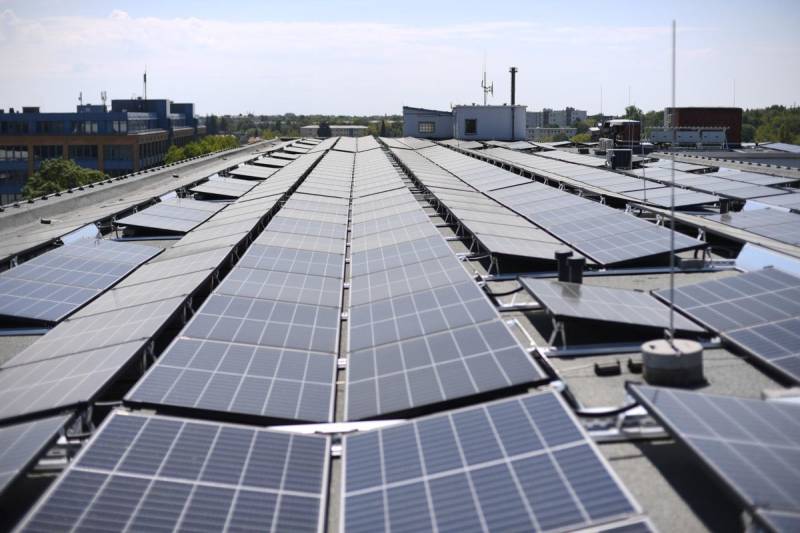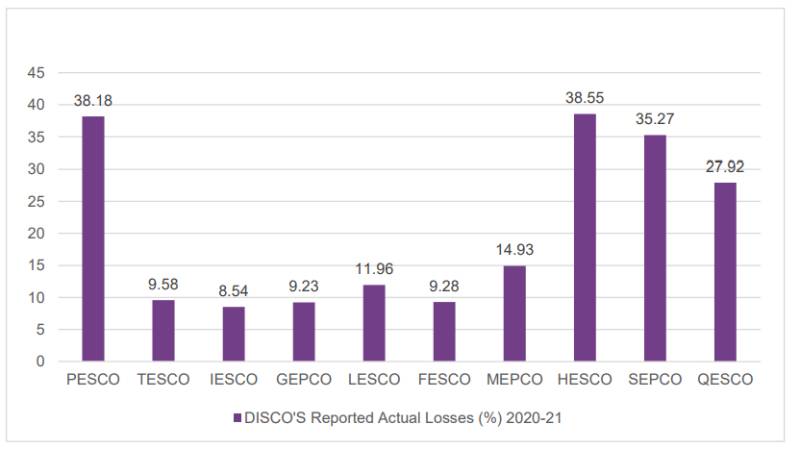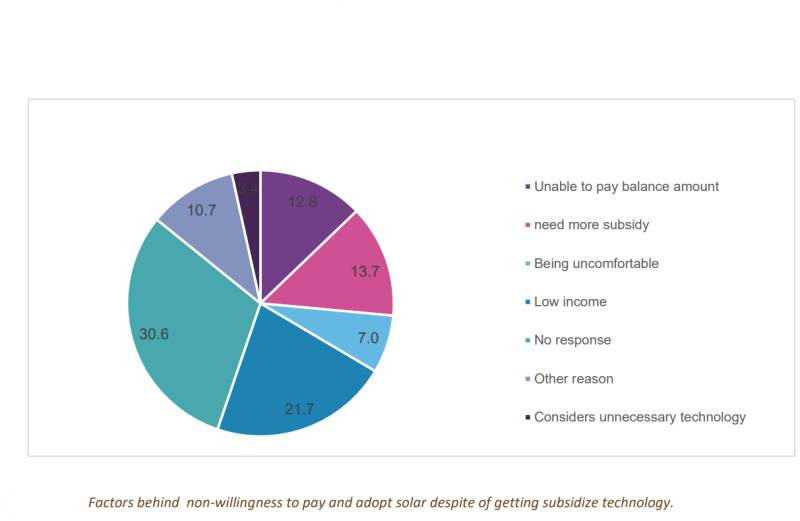
Pakistan's energy crisis has recently worsened, but this time, the country faces a different problem. In the past, it struggled to generate enough power to meet consumer demand, but now it deals with an issue of surplus capacity.
As a result, consumers have to pay for the excess power due to the government's obligation to honor contracts with Independent Power Producers. Furthermore, a significant burden on consumers' wallets stems from the Transmission and Distribution (T&D) losses, caused by an outdated power infrastructure and widespread electricity theft.

Source: PRIED
While the officials are fetching for options, new research titled "Fostering Solar PV in High-Loss Feeders: Mapping Solutions," published by the Policy Research Institute for Equitable Development (PRIED) highlights the significance of solarizing high-loss feeders as a potential solution for creating a reliable, affordable, sustainable, and climate-safe energy system in Pakistan.
The policy document emphasizes the need to address the challenges of solar PV deployment and proposes an optimal strategy that focuses on distributed generation growth in high-loss areas.
One of the major advantages of promoting solar PV in high-loss areas is its potential to increase renewable energy uptake while simultaneously reducing distribution losses. Additionally, it offers the opportunity to provide uninterrupted power supply to end-users. The PRIED research emphasizes the importance of targeted financial instruments and business models to optimize solar PV placement.
To stimulate decentralized solar PV deployment, innovative market-oriented finance and business models are emerging as powerful tools. However, the there is a need for tailor-made solutions that are designed and executed according to local conditions and the energy needs of the targeted communities.
Conceptualizing the drivers and barriers that affect the uptake of solar PV is crucial for formulating optimal business models.
It further goes on to indicate that solar energy has already reached grid parity, making it one of the most cost-effective sources of energy procurement. The demand for solar PV adoption is boosted by factors such as interrupted power supply, free rooftop spaces, rising electricity bills, and strong demand from end-users. However, the high cost of technology and the absence of supportive policies have hindered the diffusion of solar PV.

Source: PRIED
The PRIED study emphasizes that existing host-owned models, where customer/owner themselves install the technology on their property are not suitable for solarizing high-loss areas. Instead, it suggests that corporate sector engagement, community mobilization, and a holistic intervention approach are crucial. The heavily regulated electricity markets in Pakistan, especially concerning the operations of power distribution companies (DISCOs), necessitate necessary regulations and a facilitative environment for effective changes on the ground.
Two potential ownership models are proposed. The first is the third-party solar model, wherein a developer installs solar systems on the rooftops of host-customers. The generated energy is then sold to customers at rates lower than the grid's electricity, under a predetermined agreement. The third-party is responsible for the operation and maintenance of these systems.
The second potential model is a public-private partnership between a utility and a third-party investor. The DISCO invites a private third-party to install solar power on consumer rooftops, with two possible ownership scenarios: the utility entirely owning the distributed generation systems or entering into an agreement for mutual ownership and profit sharing. The third party would handle functions such as installation, maintenance, operation, billing, and revenue collection. This model offers advantages such as improved bankability, better management, and easy enforcement.
By engaging directly in these business models, DISCOs can benefit from reduced losses, improved profits, and the integration of new technologies such as advanced metering infrastructure (AMI) and energy storage.
Moving towards such solutions is critical for Pakistan, as the new round of electricity tariff hikes will lead to additional theft and losses resulting in a further increase in prices. This situation, therefore, has the potential to spiral out of control.

